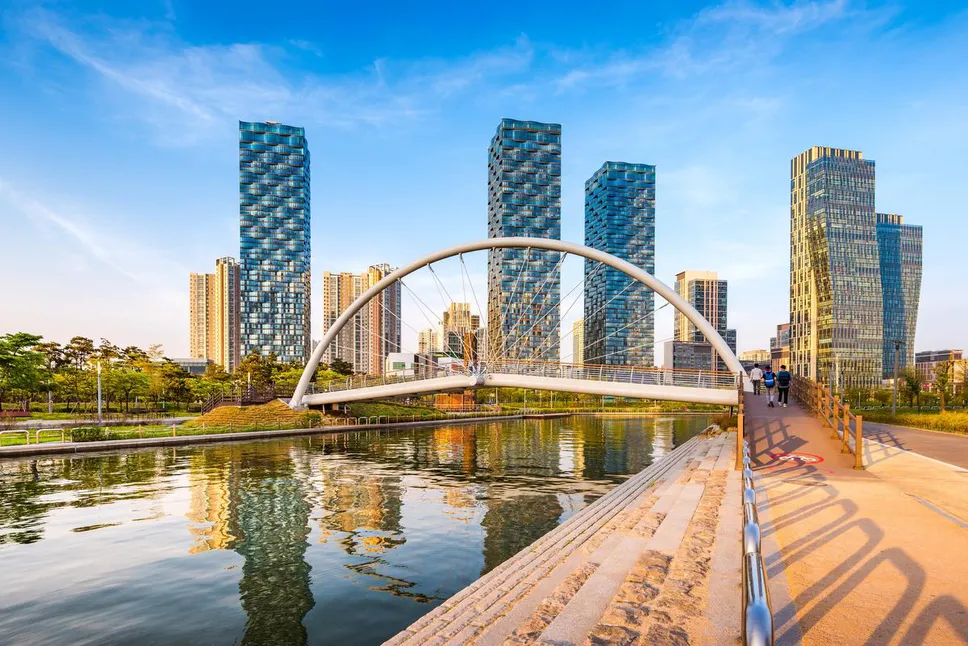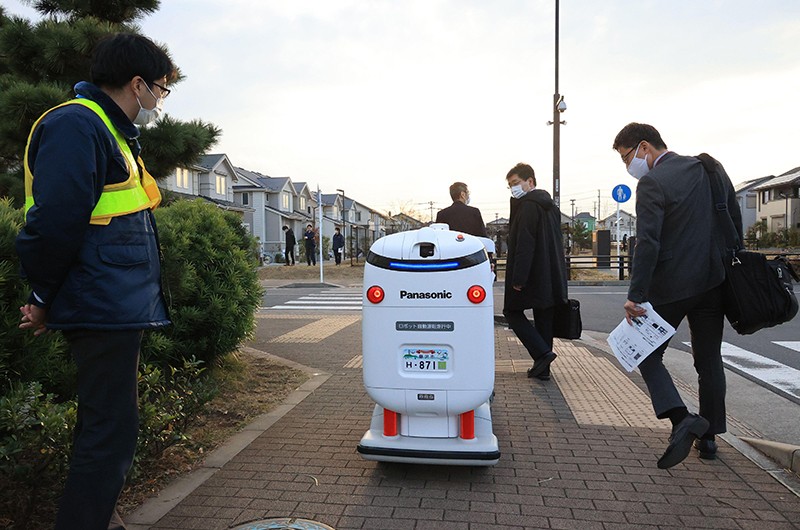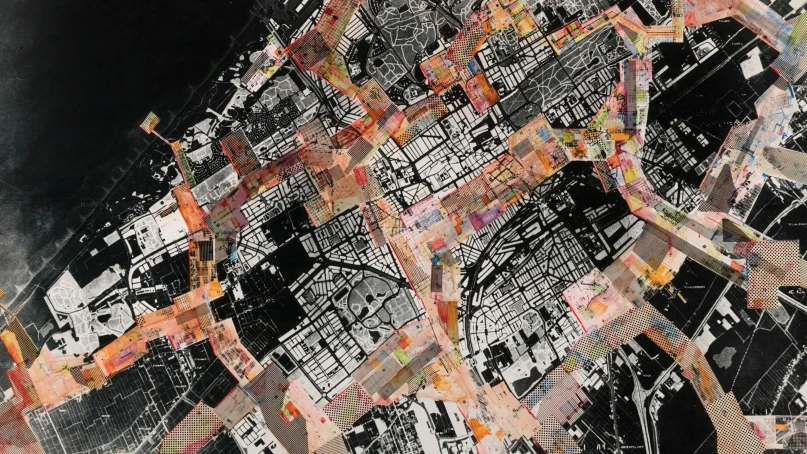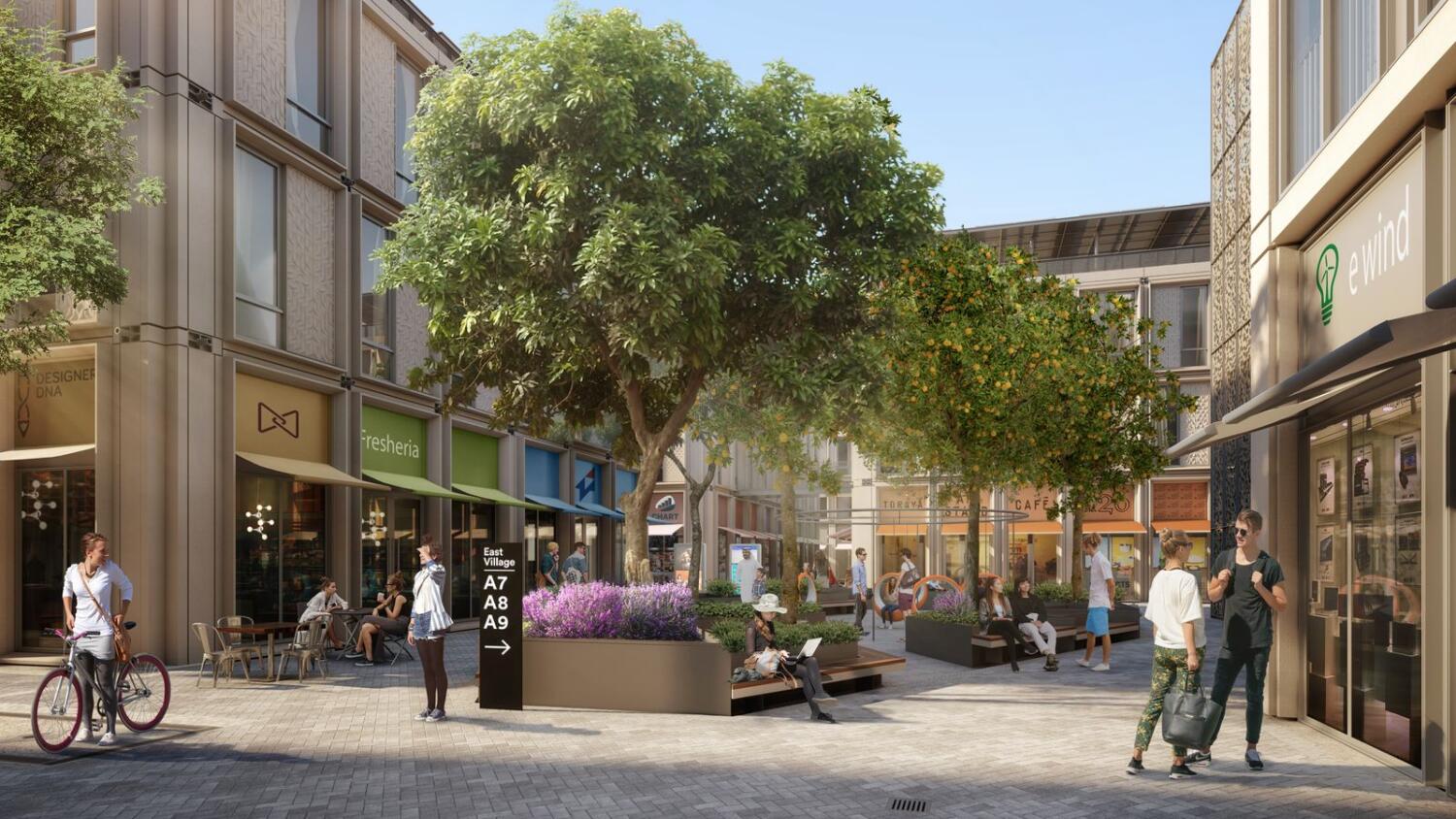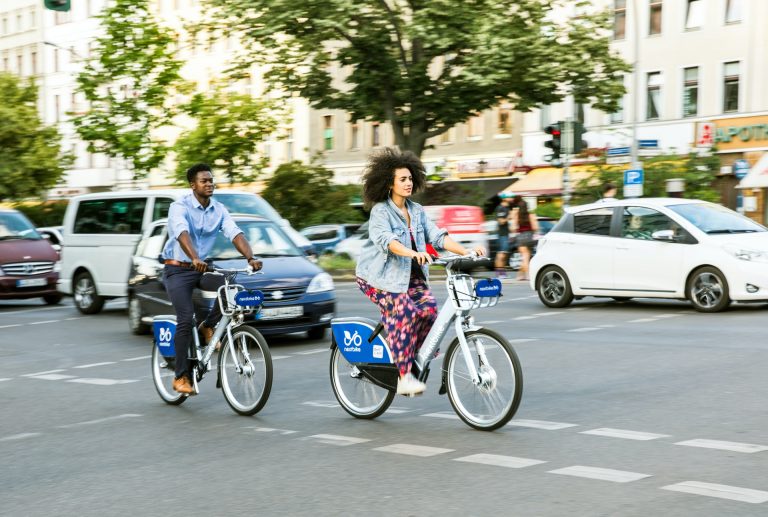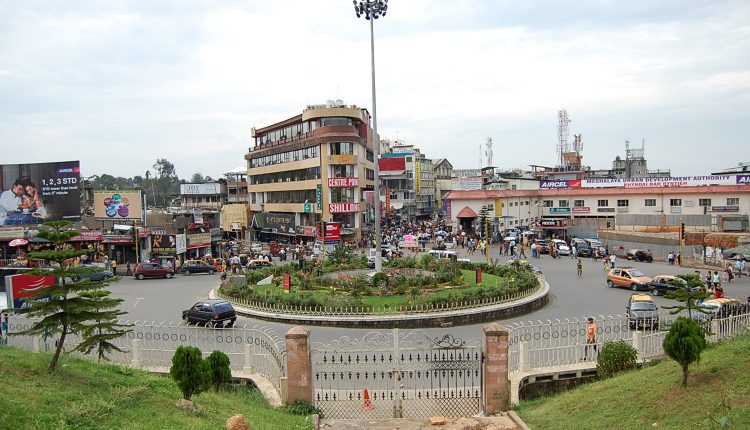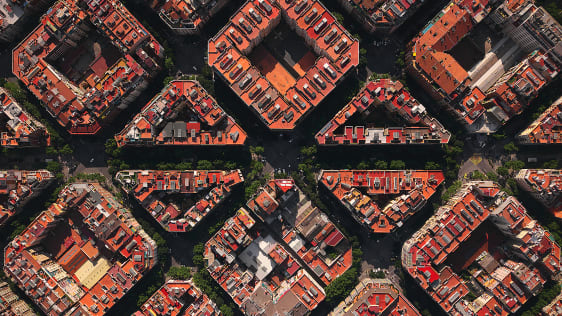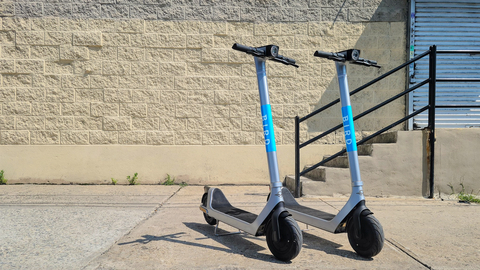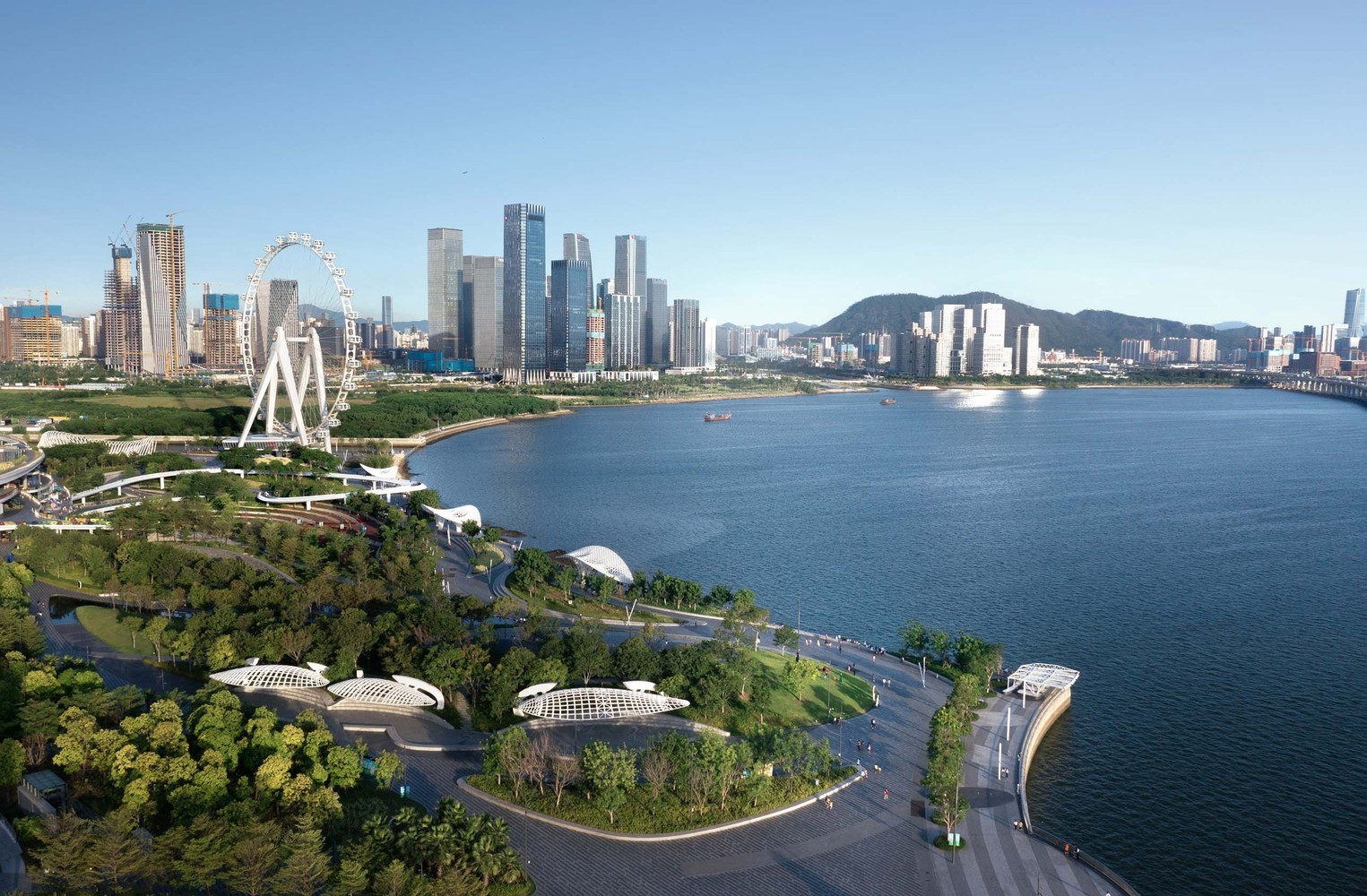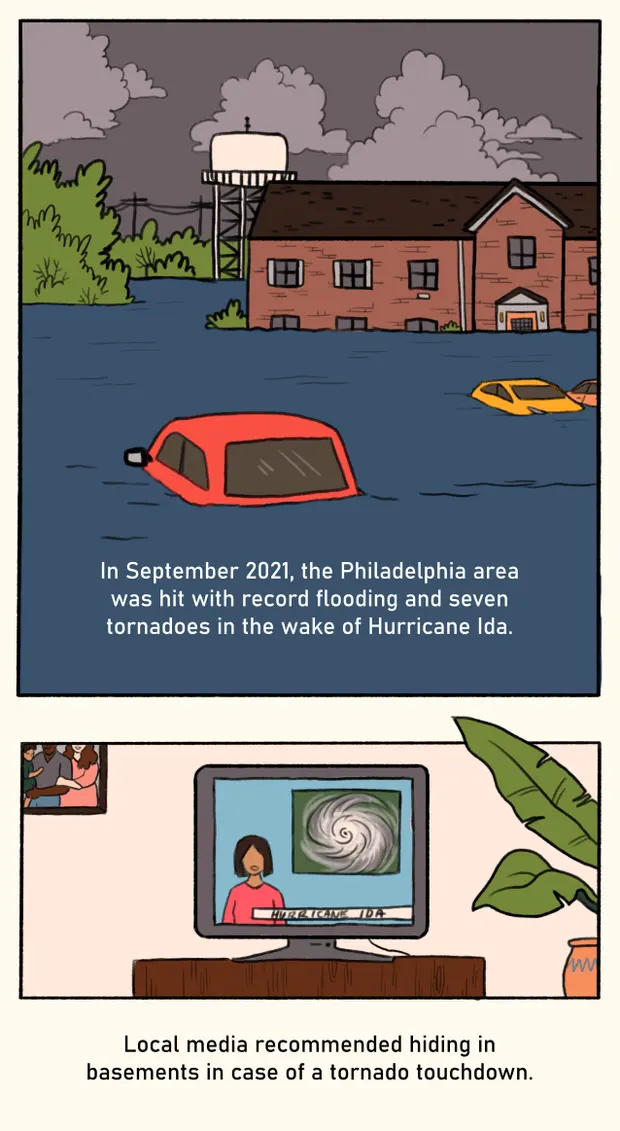
Walking remains the main modeof transport in many sub-Saharan African cities, especially among low-income residents in informal settlements. Yet, it is well acknowledged that walking conditions in African cities are precarious and unsafe. This is partly due to the prioritisation of local urban design for auto-mobility.
Under the right physical and social conditions of the urban built environment, walking offers major benefits. But in most cities across Africa, poor planning and pedestrian infrastructure makes walking a serious challenge.
Yet, it’s something that most people who live in African cities have to do every day. The majority of Africa’s urban population live in informal settlements. These are often neglected by state authorities, under-serviced and deprived. They have limited access to basic transport infrastructure and services. As such, many low-income informal residents’ resort to walking and other informal transport systems.
+INFO: The Conversation




